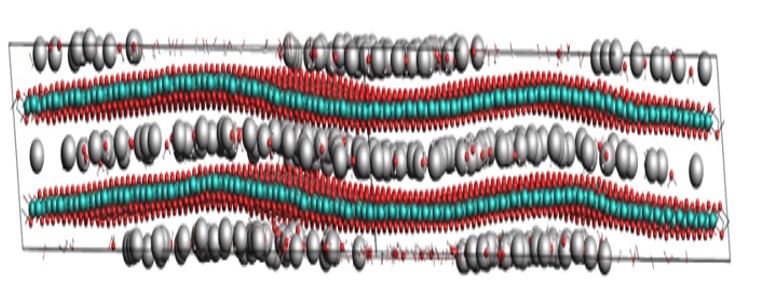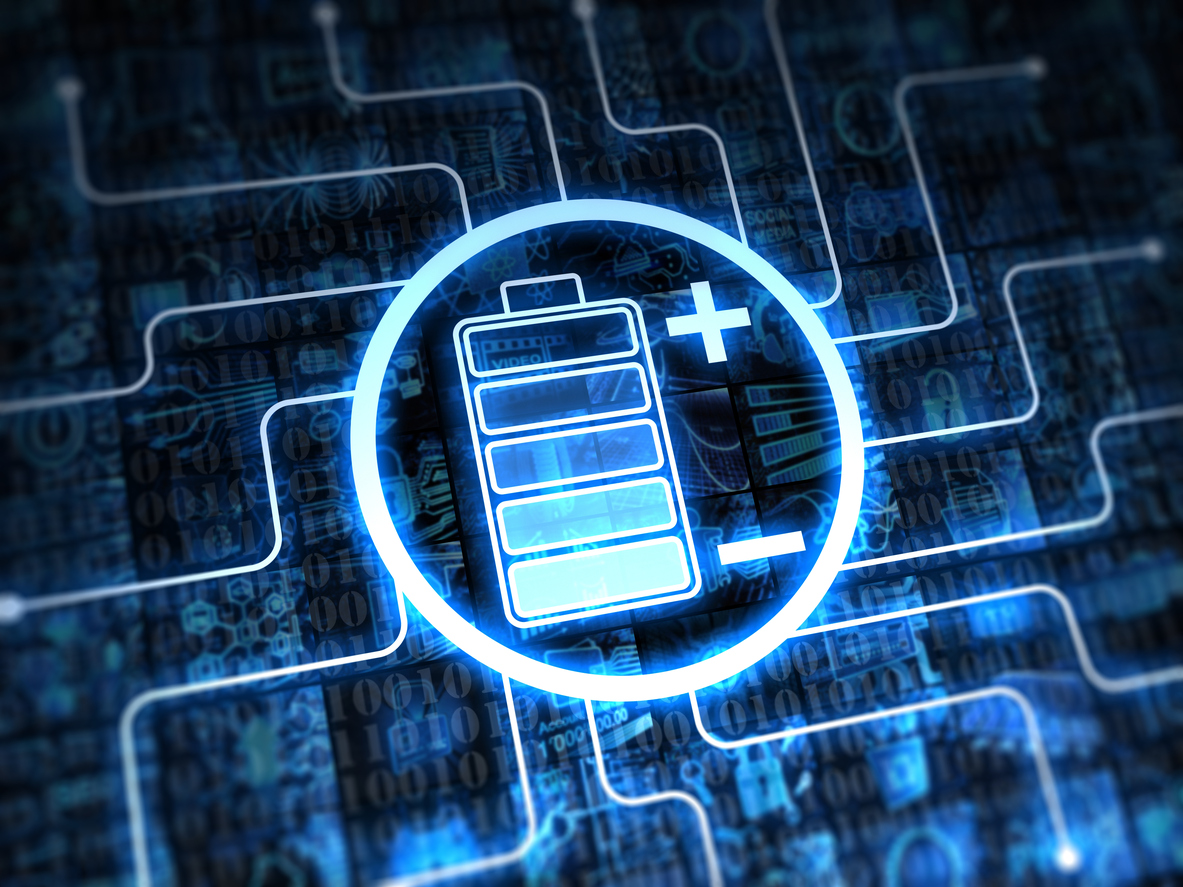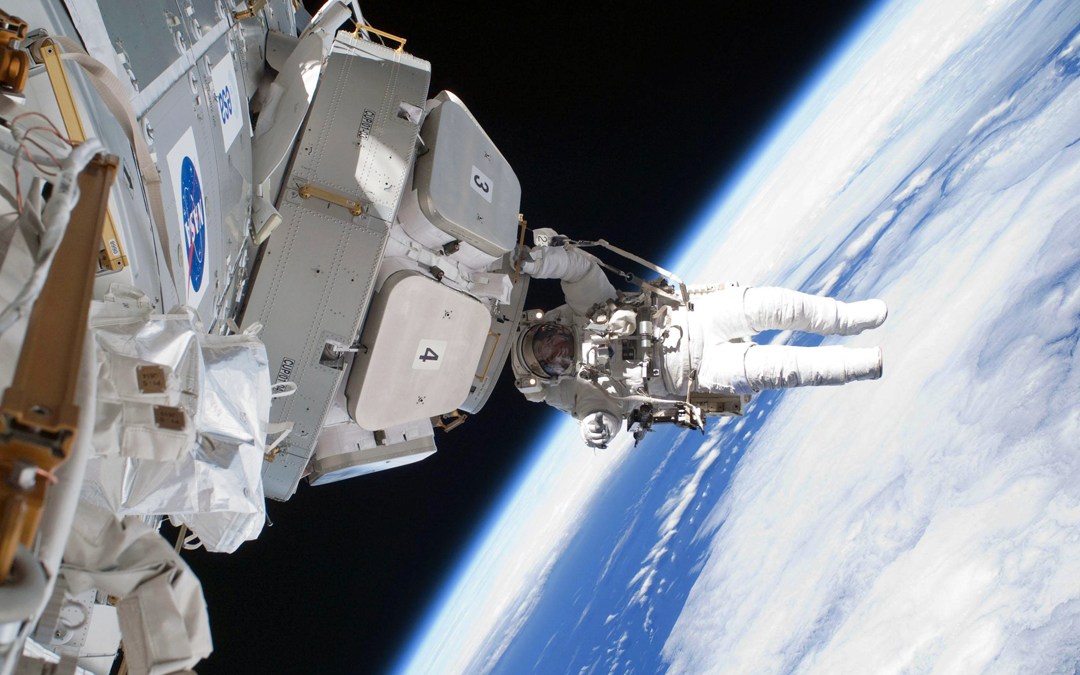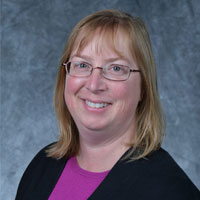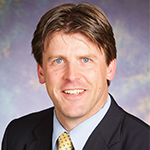 Ten speakers on November 19, 2021
Ten speakers on November 19, 2021
The ECS San Francisco Section presents the inaugural Young Investigator Lectures Series. The COVID-19 pandemic has impaired travel and in-person conferences, negatively impacting early career researchers in the scientific field. The section’s series creates opportunities for senior graduate students and postdocs to highlight their research in virtual short lectures.
The inaugural series showcases 10 speakers from California universities. The ECS San Francisco Section organized the lecture series. Speakers are selected by the Young Investigator Lecture Nomination and Selection Committee.
ECS San Francisco Section Young Investigator Lecture Series
DATE: Friday, November 19, 2021
TIME: 0900-1200h PST
PRICE: The webinar is free and open to the public; ECS membership is not required.
JOIN THE LECTURE: Join Zoom Meeting (more…)



